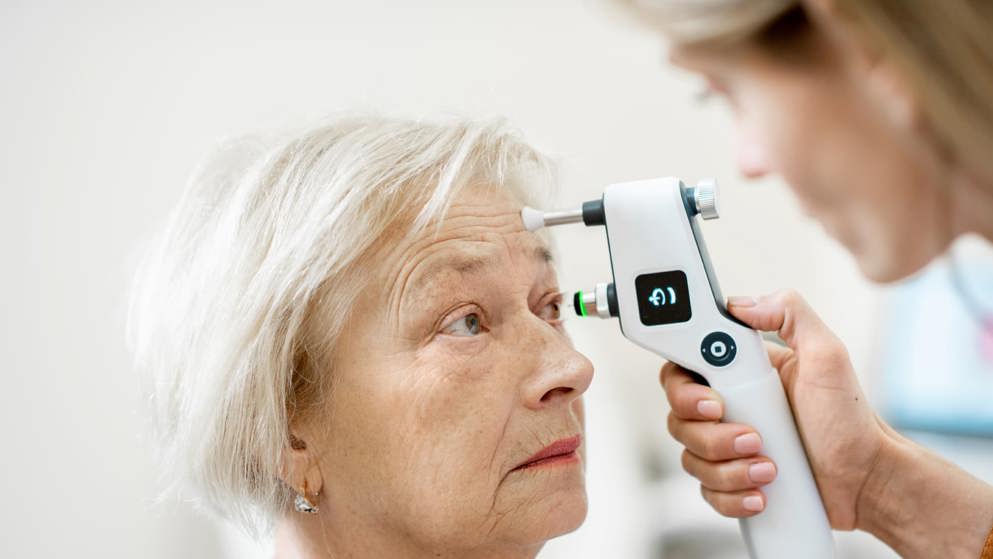Alcon withdraws CyPass Micro-Stent from the global market.
Reflecting its uncompromising commitment to patient safety, Alcon announced an immediate, voluntary market withdrawal of the CyPass Micro-Stent from the global market. In addition, Alcon advises surgeons to immediately cease further implantation with the CyPass Micro-Stent and to return any unused devices to Alcon. This decision and corresponding recommendation is based on an analysis of five-year post-surgery data from the COMPASS-XT long-term safety study.
The FDA approved the CyPass Micro-Stent in July 2016 for use in conjunction with cataract surgery in adult patients with mild-to-moderate primary open-angle glaucoma based on the results of the landmark two-year COMPASS study. The COMPASS study demonstrated a statistically significant reduction in intraocular pressure at two years post-surgery in subjects implanted with the CyPass Micro-Stent at the time of cataract surgery, as compared to subjects undergoing cataract surgery alone. At two years post-surgery, there was little difference in endothelial cell loss between the CyPass Micro-Stent and cataract surgery-only groups, and results were consistent with peer-review literature benchmarks of cataract-related endothelial cell loss.
The COMPASS-XT study was designed to collect safety data on the subjects who participated in the COMPASS study for an additional three years, with analysis of the completed data set at five years post-surgery. At five years, the CyPass Micro-Stent group experienced statistically significant endothelial cell loss compared to the group who underwent cataract surgery alone.

